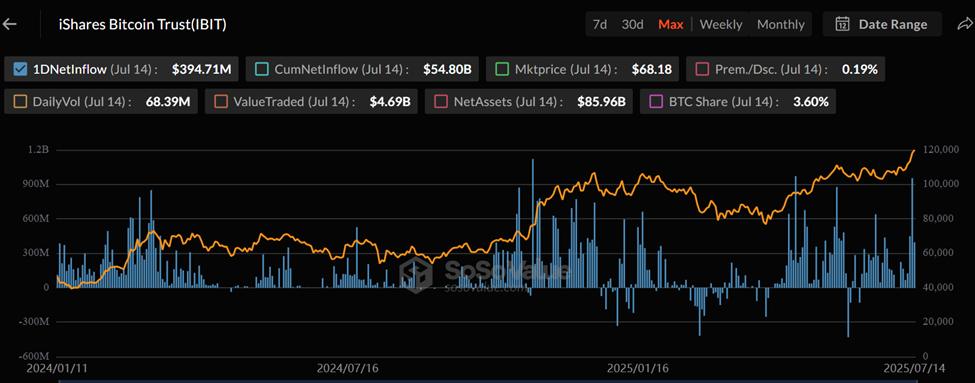The crypto industry is witnessing a resurgence in public market interest, fueled by President Donald Trump’s administration’s pro-crypto stance.
Asset management firm Ark Invest foresaw this prospective wave of interest months ago, indicating that Trump’s stance on crypto would provide a runway for multiple Initial Public Offerings (IPOs).
Gemini Moves Closer to Public Debut
Gemini exchange, the crypto exchange founded by billionaire twins Cameron and Tyler Winklevoss, reportedly filed for an IPO confidentially and could go public as soon as this year.
Bloomberg, citing sources close to the matter, said the exchange was working with financial heavyweights Goldman Sachs and Citigroup. This move came after the US SEC (Securities and Exchange Commission) closed its investigation into Gemini without pursuing enforcement action. As BeInCrypto reported, this cleared a major regulatory hurdle for the firm.
Gemini’s decision to go public coincides with its co-founders’ increasing political engagement. Notably, the Winklevoss twins were among the attendees at Trump’s White House Crypto Summit, reflecting their growing influence in the crypto policy space.
The brothers were also notable financial supporters of Donald Trump’s presidential campaign. They donated Bitcoin beyond the legal limit, resulting in a partial refund.
Trump’s administration has been vocal in supporting cryptocurrency, following through with previous commitments for a strategic crypto reserve. Gemini is poised to take advantage of this favorable climate.
Kraken Plans 2026 IPO Amid Regulatory Shift
Following Gemini’s lead, the Kraken exchange also positions itself for a public offering, reportedly slated for early 2026. The interest comes amid what it sees as a friendlier regulatory environment under President Trump.
The exchange recently disclosed financial highlights for 2024, revealing revenue of $1.5 billion and adjusted earnings of $380 million. Like Gemini, the US SEC also dropped its lawsuit against Kraken, reversing its previous stance and signaling a broader shift in crypto enforcement.
Like Gemini, the Biden administration stifled Kraken’s IPO ambitions due to regulatory pressures, including SEC enforcement actions. However, with both cases now settled, the companies see an opportunity to enter the public markets.
Kraken Co-CEO Arjun Sethi also attended the White House Crypto Summit, signaling the company’s alignment with the administration’s crypto-friendly policies.
Based on these, therefore, the IPO climate for crypto firms appears increasingly favorable. Cathie Wood’s Ark Invest had predicted that firms like Kraken and stablecoin issuer Circle would pursue IPOs under a Trump administration, a forecast that now seems to be materializing.
Meanwhile, Kraken and Gemini are not alone in this trend. BitGo, a major digital asset custodian, is also reportedly exploring a public listing in the second half of 2025.
The post Crypto IPO Wave: Gemini, Kraken, and BitGo Target Public Listings appeared first on BeInCrypto.






